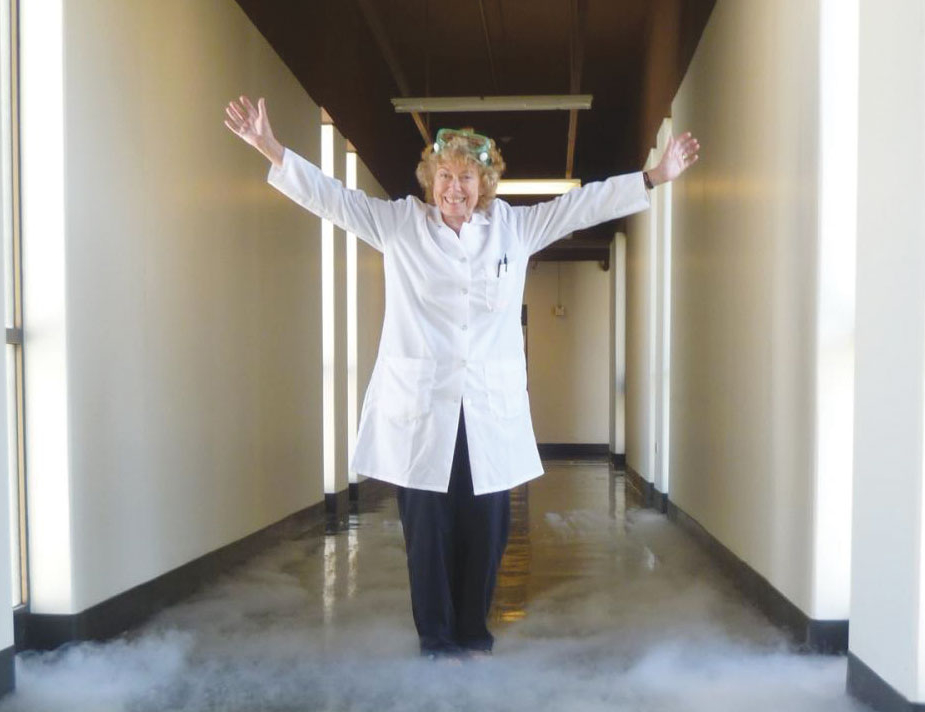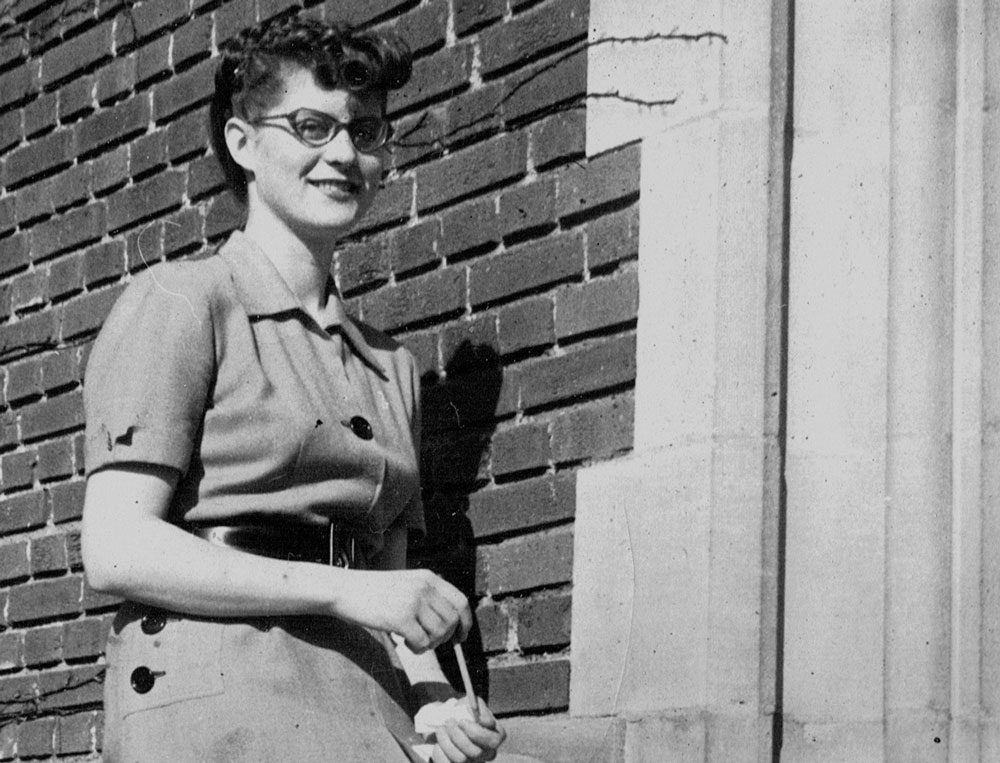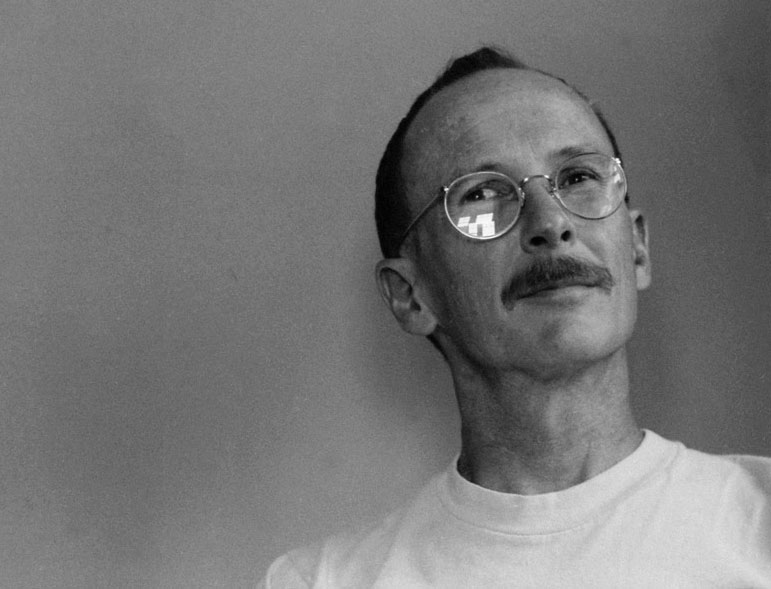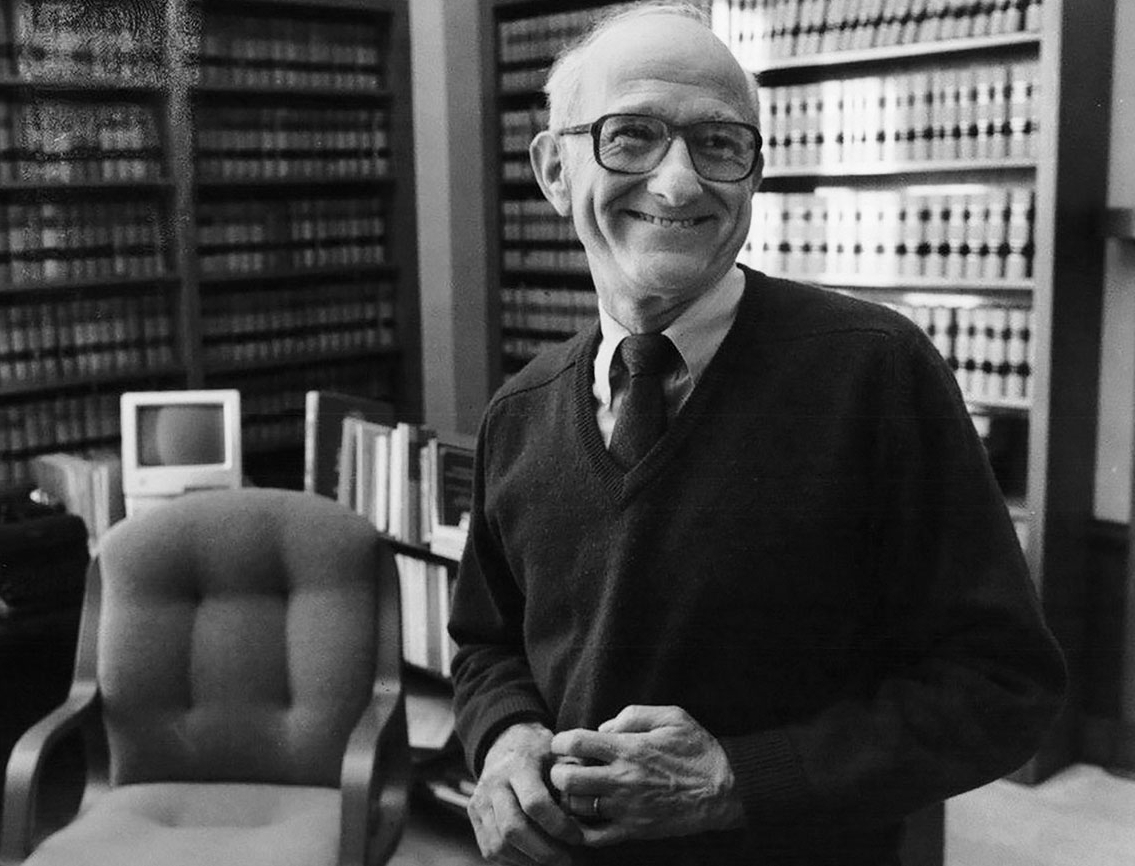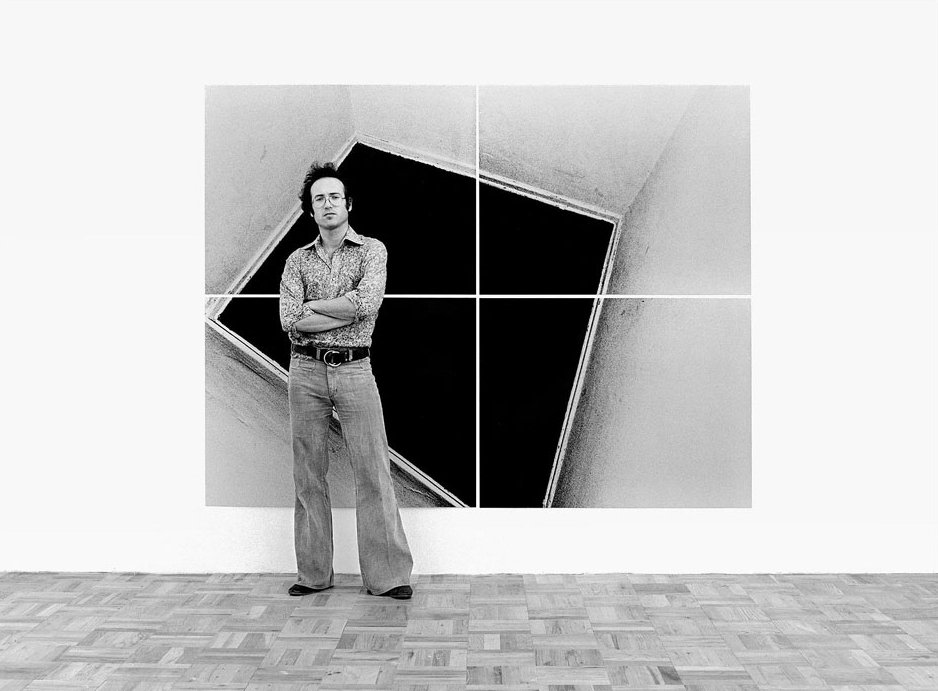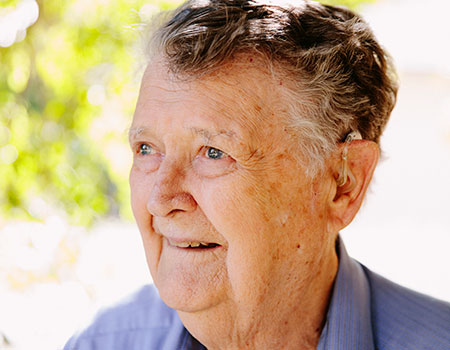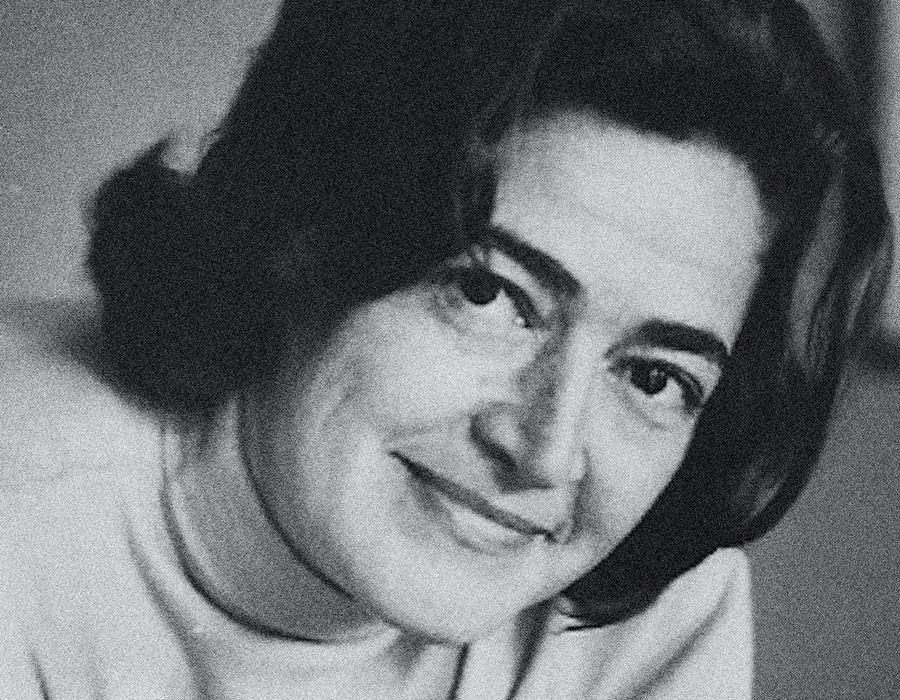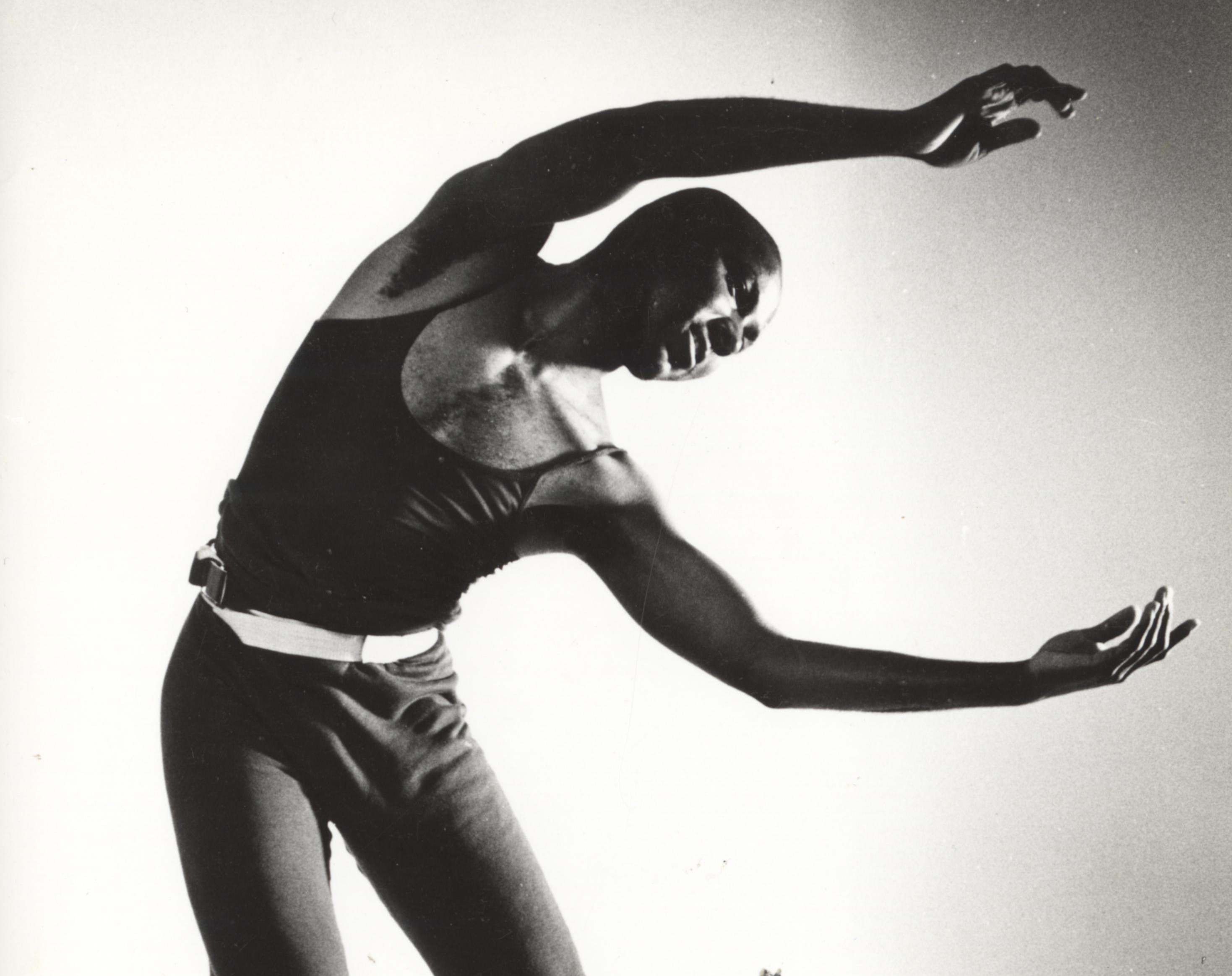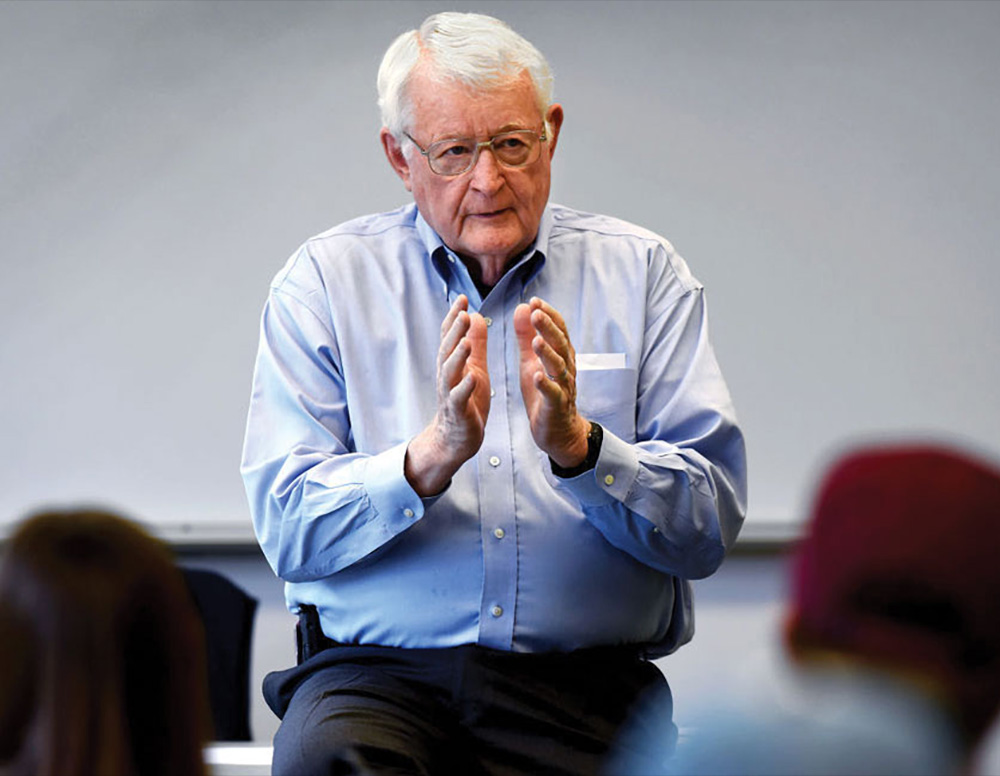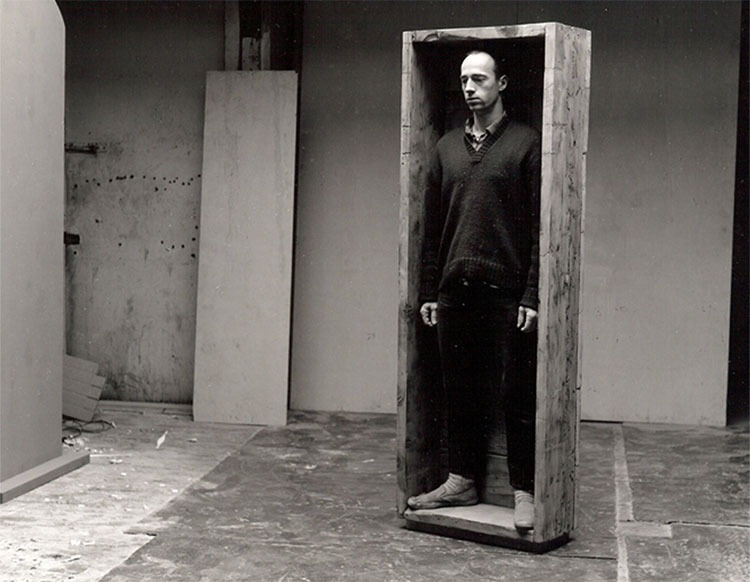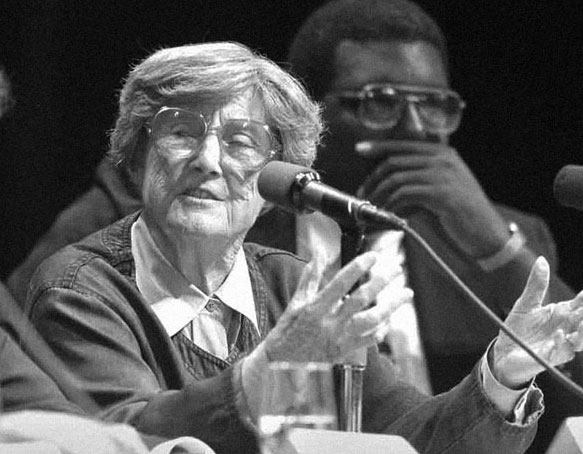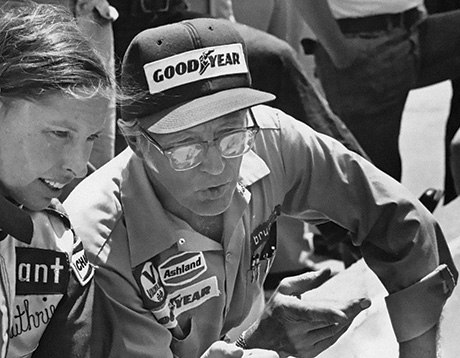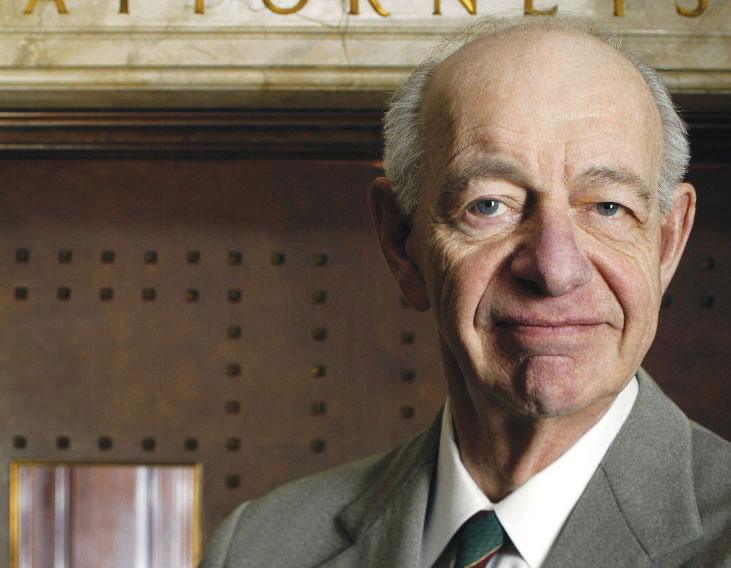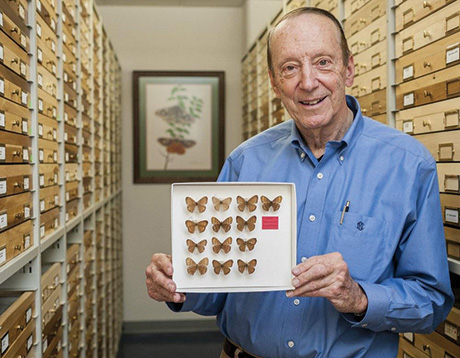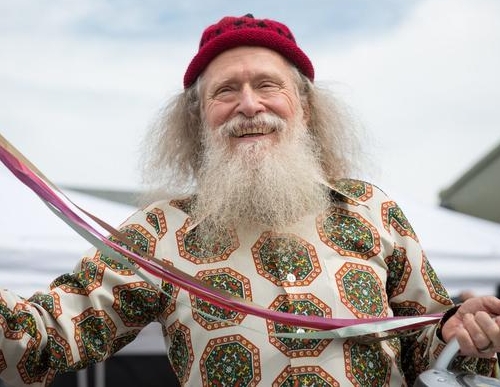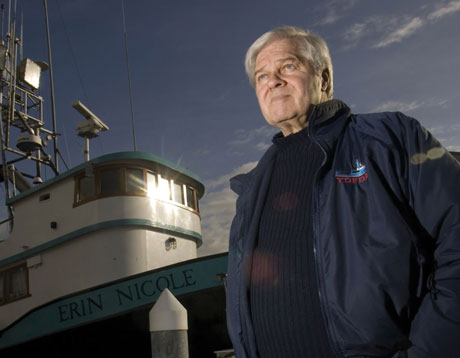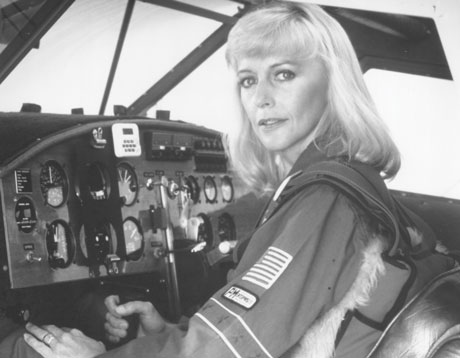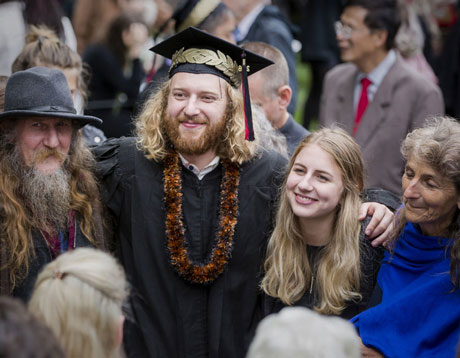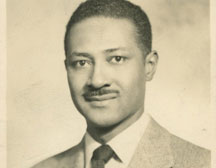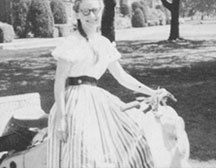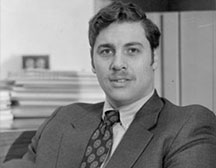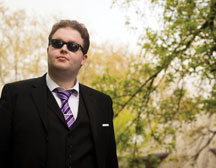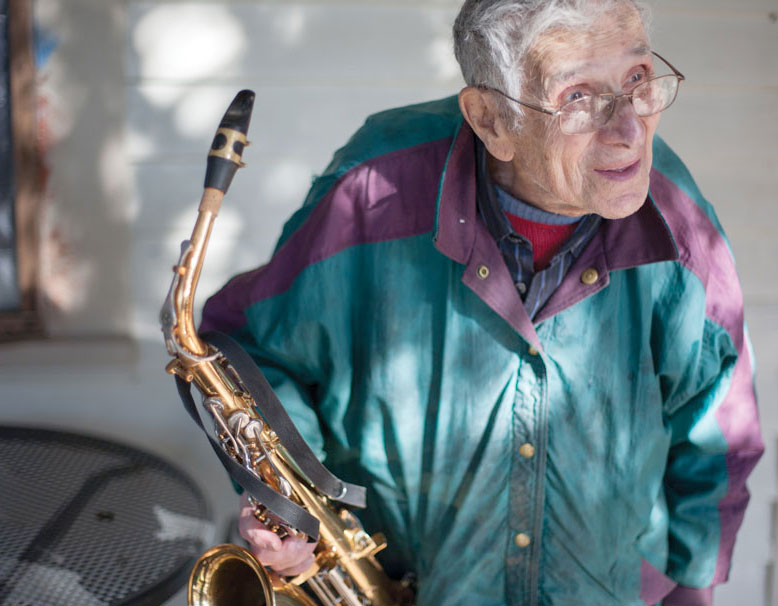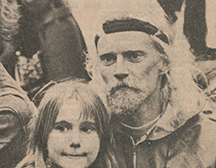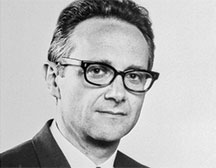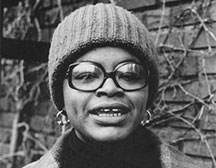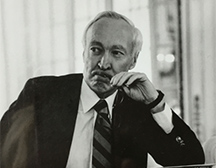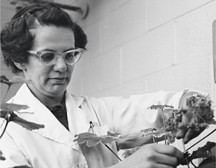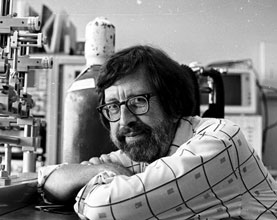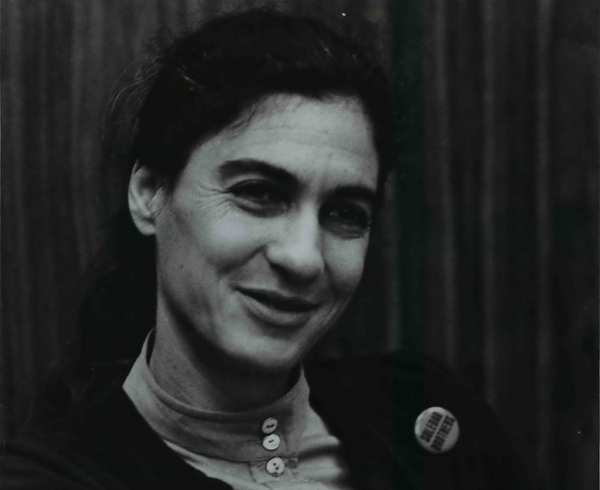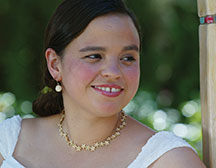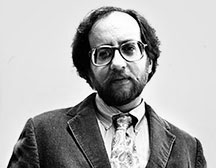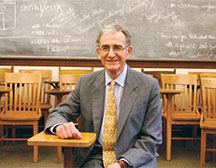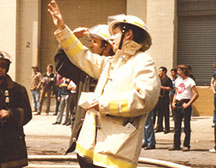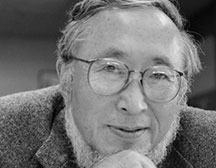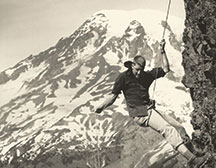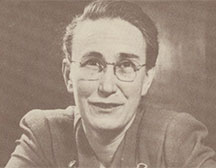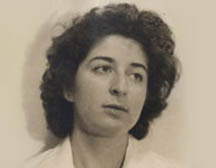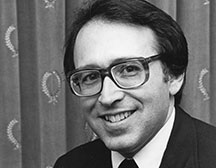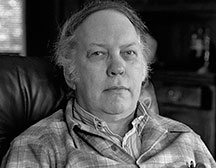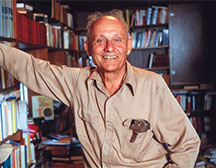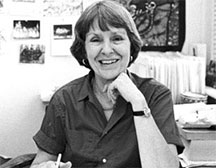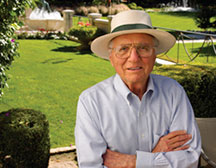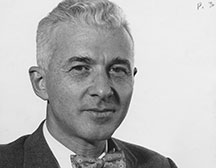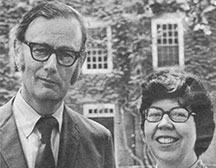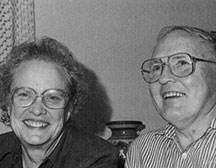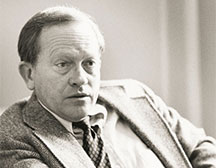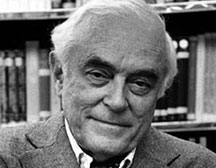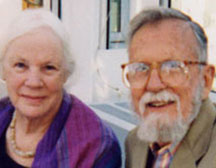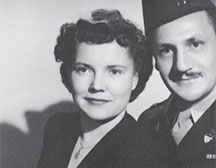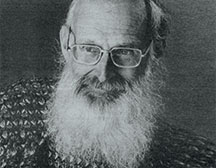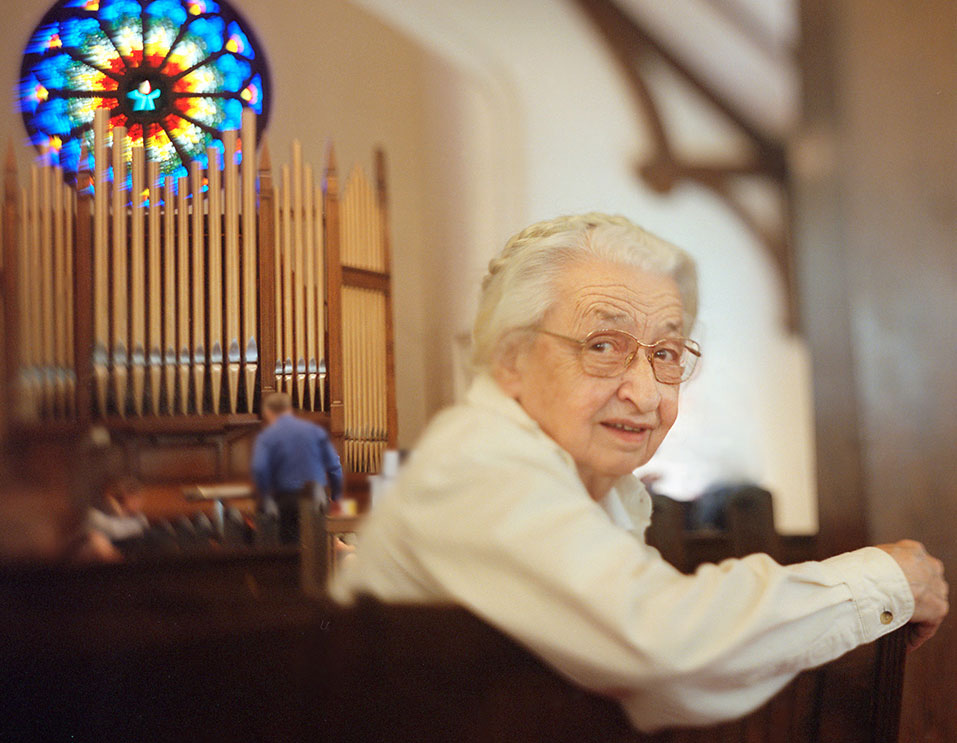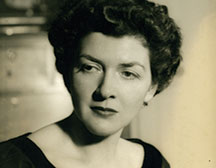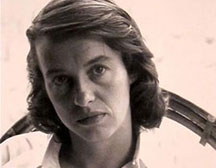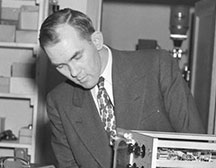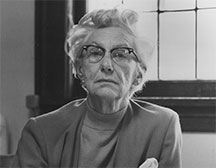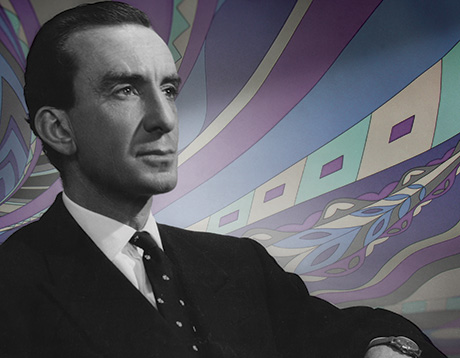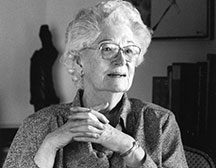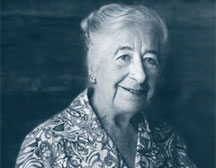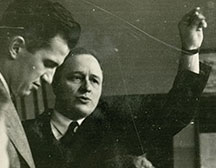Louise Klemperer Sather ’61
Louise once defined the central task of her life as “searching for new ways of seeing or understanding things, or facilitating others’ searches.” She began life in Chicago, the only child of Leo and Helen Klemperer. Growing up on the North Shore in Winnetka, she inherited a lifelong love of classical music from her father, and in high school and at Reed played the string bass. Distantly related to the great conductor Otto Klemperer, her father took Louise to summer concerts at Ravinia whenever he was performing there. She remembered going backstage, where the great man would address her as his “little relative.” At Reed, she majored in literature and wrote her thesis on the Joseph novels of Thomas Mann, with Prof. Wesley Blomster [German 1960‑61] advising.
During her first semester at Reed, she met Clifford Sather ’61 in German class. A romance bloomed until their final year, when they parted—Clifford to go to graduate school at Harvard and Louise to pursue a career as an artist.
In reality, Reed had never been a perfect fit for Louise. “I was very emotionally immature when I went to Reed and not prepared or able to grow to meet Reed’s challenges,” she admitted. By her senior year, she was keen to begin something new, preferably involving her hands more than her intellect. Remembering the pleasure of working with clay in grade school, she took a pottery class. The experience was a revelation: “Sitting at the pottery wheel trying to shape the soft, spinning clay, I felt I’d rather be right here, right now, doing this than anything else in the world.” Following formal training in ceramics and a master’s of fine arts from Alfred University in New York, she became a potter.
In the late 1960s, she moved to South Haven, Michigan, and joined a community of artists and craftspeople—part of the “back to the land” movement, where craftspeople, seeking simpler lives, produced beautiful objects for people to use in their everyday lives rather than cluttering the world with mass-produced, consumer items. Louise’s distinctive style incorporated the shapes and textures of natural objects, such as rocks and ice.
In 1979, she divorced her husband, Heiko, and moved back to Portland with her six-year-old son, Tom. She taught art and creativity classes at the Oregon School of Arts and Crafts, made pottery, and worked as a freelancer—writing for American Ceramics, Willamette Week, and the Oregonian—and co-authored a volume on 20th-century Japanese prints (Images of a Changing World), published by the Portland Art Museum. She also interviewed artists and musicians for KBOO radio.
By the end of the 1980s, Louise’s life had again shifted direction. Interviewing a ceramic sculptor, she studied pictures of the artist’s work and was suddenly struck by the profound interplay between one’s life and art. Contemplating the therapeutic implications of this, she returned to graduate school and earned a master’s degree in counseling psychology from Lewis and Clark. She studied art therapy training at the Person-Centered Expressive Therapy Institute in California, and, during her training, worked for three months as a counselor at Reed. After certification, she opened her own practice, focusing primarily on cognitive-behavioral and expressive art therapy. “My clients came for healing from depression or posttraumatic stress, for personal growth, breaking blocks to creativity, or to find their own voice,” she explained.
In 1996, with her son away at college, she ran into her college sweetheart, Clifford Sather, who had just returned to Portland to teach anthropology at Reed before taking up a professorship at the University of Helsinki. In 2001, the couple married in Chicago, and Louise closed her practice and joined Cliff in Sarawak in Malaysian Borneo. In 2003, Cliff got an opportunity to pursue a research project he had long dreamed of, recording a Saribas Iban healing ritual called the Sugi sakit, which was now on the verge of disappearing.
“I had seen it performed in the late ’70s and realized that it precisely fit Louise’s interests,” Cliff said. “At its heart was a narrative epic, composed in poetic language and sung for the patient by a priest bard, that symbolically identified the patient with the heroes and heroines of the epic. The aesthetic beauty of the narrative’s language and setting were seen as crucial to the ritual’s effectiveness in healing.”
In the field the couple recorded a complete version of the Sugi sakit, together with extensive commentary from the last living priest bard able to perform it. Later that year, they returned to Helsinki, where Cliff resumed teaching at the university, and Louise conducted a popular series of writing workshops and counseled students with writing blocks.
In 2005, they retired and moved back to Portland. Louise turned the lower level of their house into an art studio, and the couple continued to supervise graduate students, write, and return to Sarawak to continue work on the Sugi sakit. In 2013, Louise’s doctors found signs of breast cancer. Following surgery and chemotherapy, she was pronounced cancer free, but was troubled by new symptoms including speech difficulties and weakness in her right arm and leg. In 2015, her neurologist diagnosed her with amyotrophic lateral sclerosis (ALS).
“She suffered from a particularly aggressive form of the disease,” Cliff explained. “The time we had together proved to be far shorter than we had imagined. Although she soon lost her ability to speak, her mind was unaffected. She never lost her courage or sense of humor, nor, mercifully, the use of her writing hand.”
“The outcome is known—certain death,” she wrote in her journal. “But the details, how I live the life that is left, what I do with that which has been given to me, that is up to me. I remember the old, manual slide rule. You slide the tables back and forth to put in your numbers, and another table gave you an answer number. But you had to figure out where the decimal point went, which entirely changed the number’s meaning and value. Every time I do something positive it moves that decimal point. It gives my own ALS a different meaning, a different value.”
Down to the last minutes of her life, she continued to communicate by writing, journaling about her rich inner life, describing all that she had loved in life and her struggles with illness. Her journal was meant to help her husband and son work through their impending grief as in it she described how she gradually came to terms with dying. Louise completed her journal in June and died peacefully at home two months later, surrounded by family and friends.
Appeared in Reed magazine: December 2016
comments powered by Disqus
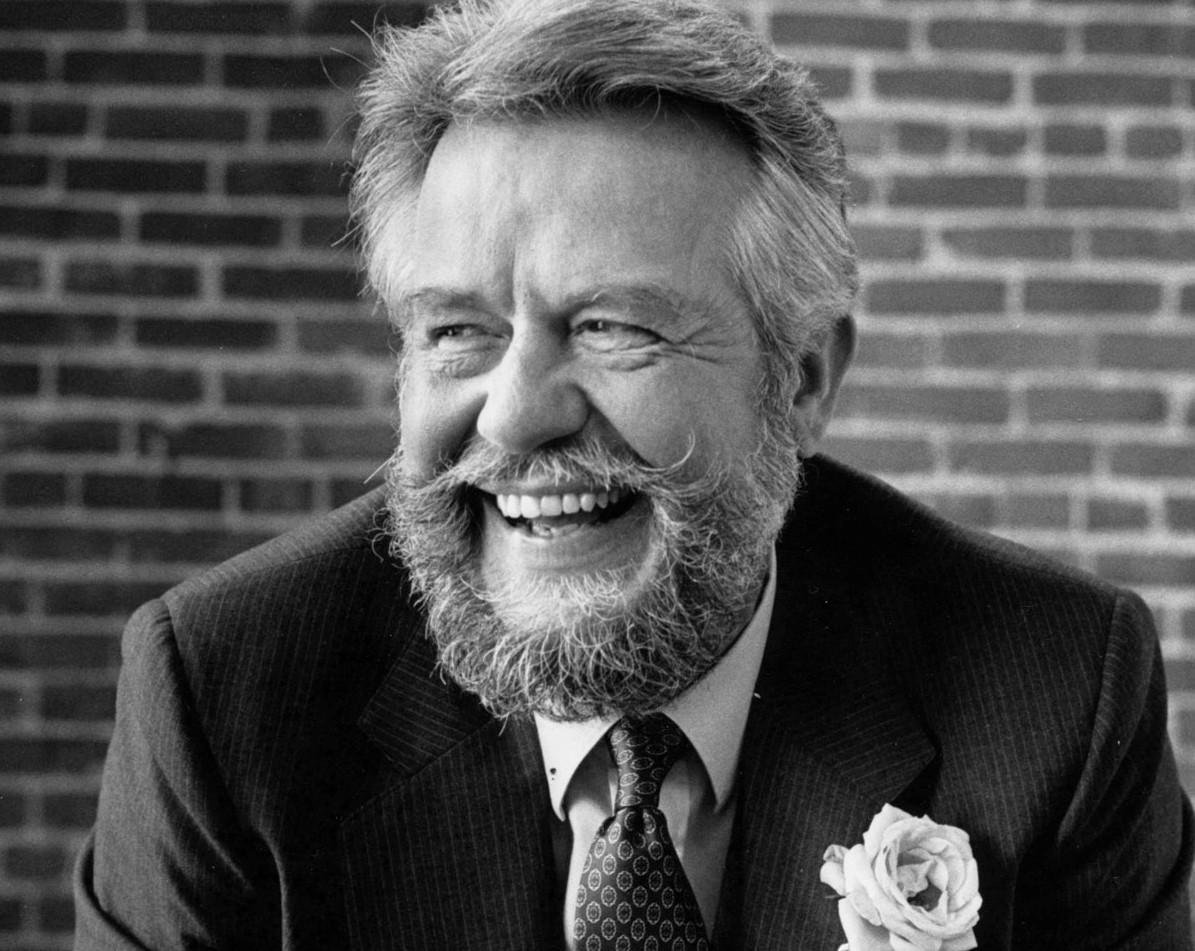
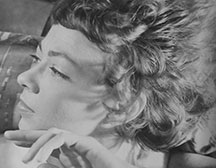
![Photo of Prof. Marvin Levich [philosophy 1953–94]](https://www.reed.edu/reed-magazine/in-memoriam/assets/images/2022/LTL-levich1.jpg)
![Photo of President Paul E. Bragdon [1971–88]](https://www.reed.edu/reed-magazine/in-memoriam/assets/images/2020/Bragdon.jpg)
![Photo of Prof. Edward Barton Segel [history 1973–2011]](https://www.reed.edu/reed-magazine/in-memoriam/assets/images/2020/Segel.jpg)
